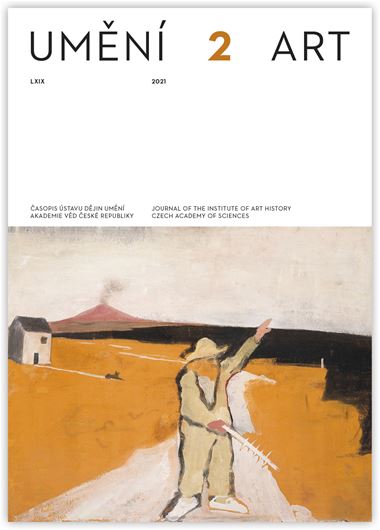Claire Farago
A Very Different Kind of National Art History: Looking to the Future from the Past
Matthew Rampley describes a situation in East-Central Europe in which the national paradigm remains the governing framework for a variety of conceptual and pragmatic reasons that are likely to continue for many if not most researchers in small academic communities. In the nineteenth century, ‘style’, understood in the sense of non-mimetic ‘form’ present in all works of art, regardless of their culture of origin, offered the possibility of writing a universal history of world art based on ‘objective’ criteria. These grounds are disputed today for applying exclusionary European criteria to the classification of extra-European objects, in the process recontextualizing the function and value of the cultural setting in which the work was made. For similar reasons, style, form, and abstraction are also dominant considerations in assessing Modernism and one of the main reasons that the Polish art historian, Piotr Piotrowski, objected to the neglect of local and regional artists in survey texts, research programs, and exhibition venues based on a center-periphery model of influence flowing from privileged art centers elsewhere. ‘Form’ also has a prior history in theories of vision originating in ancient Greek optics. At present there is a disjunction that deserves further study between this longstanding, Western understanding of ‘form’ as part of a theory of cognition and its modern European reincarnation as a universal, visual element of design. Materialist approaches to the description and classification of works of art, coupled with an ecological model of regional interconnectivity, can mitigate the limitations of institutional art histories organized by nation-state without imposing binary structures on the material evidence. Adopting a collaborative approach to research, as Rampley advocates, could also integrate the efforts of local scholars and regional studies into a de-centered international network of scholarly exchange without imposing an overarching conceptual framework or a uniform methodology.
Author's email:
farago@colorado.edu
Full-text in the Digital Library of the Czech Academy of Sciences:
https://kramerius.lib.cas.cz/uuid/uuid:1439f398-d792-400a-b3db-31ecffffcb07
< back

